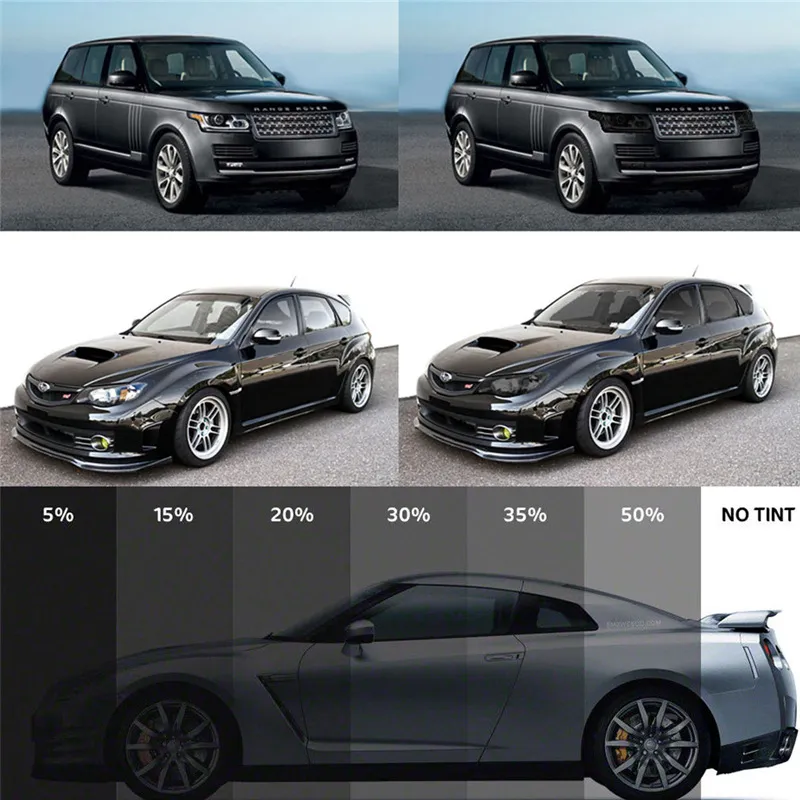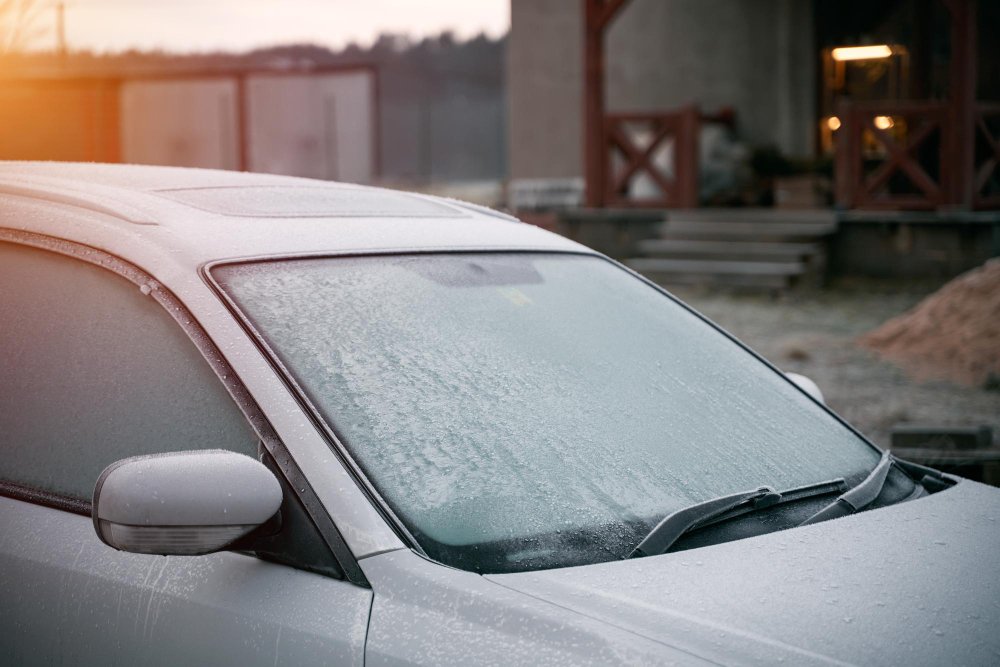Why Window Tinting Is Essential for Reducing Fading and Protecting Your Upholstery
Why Window Tinting Is Essential for Reducing Fading and Protecting Your Upholstery
Blog Article
Window Tinting Regulations: What You Required to Know Before Tinting Your Car
Understanding window tinting laws is necessary for any type of automobile owner taking into consideration tinting their vehicle. Laws differ considerably from one state to another, developing particular limits for Visible Light Transmission (VLT) portions, specifically for front-side home windows and windshields. Failure to adhere to these legislations can cause fines, the necessity to get rid of the color, and issues with insurance policy. As you consider enhancing your automobile's look and capability, it is important to understand not only the lawful implications but additionally the practical considerations that come with choosing the right color. What elements should you focus on in your decision-making process?
Value of Understanding Tint Regulations
Comprehending home window tinting regulations is essential for automobile proprietors to make certain conformity with state laws. These laws dictate the allowable degrees of color darkness and reflectivity, which can significantly differ from one jurisdiction to another. Stopping working to abide by these regulations can cause penalties, obligatory removal of the tint, and prospective issues throughout automobile examinations.
In addition, recognizing these laws helps car owners make informed decisions regarding their tinting options. Different kinds of home window movies provide various advantages, such as UV defense, warm being rejected, and glare decrease. Nevertheless, without understanding of the legal limits, vehicle owners risk picking items that might eventually cause lawful problems.
Additionally, recognition of tinting legislations promotes a more secure driving atmosphere. window tinting. Excessively dark colors can hinder exposure, boosting the danger of accidents, especially at night or in unfavorable climate condition. Law enforcement companies also utilize these guidelines to guarantee roadway safety, making conformity not just an individual obligation but a lawful obligation
State-Specific Color Regulations
Each state in the united state has actually established its own details guidelines regarding window tinting, mirroring a diverse variety of criteria and demands. These laws can vary dramatically, affecting how automobile proprietors approach setup and compliance. For instance, some states permit darker colors on rear windows while imposing rigorous restrictions on front-side windows.
In addition, guidelines typically specify allowed tint products and shades. Certain states restrict reflective tints completely, while others might permit them to a limited degree. Additionally, some territories mandate that cars with colored home windows present a sticker label indicating compliance with state legislations, supplying a clear recognition for police.
Enforcement of these laws also varies; some states are more proactive, performing random checks, while others depend on grievances or visible violations to launch enforcement. Car owners should be aware that failure to abide with state-specific color policies can result in fines, obligatory removal of prohibited colors, or both.

Legal Color Percentages
Establishing the lawful tint percentages is vital for automobile owners seeking to follow state guidelines. Each state has certain legislations governing exactly how much light should travel through the windows of a car, which is shared as a portion understood as Visible Light Transmission (VLT) This percent varies significantly across states and can depend on the sort of window-- front side, back side, and windscreen.
For instance, some states enable as little as 20% VLT on front side home windows, while others may allow as much as 50%. Windscreen tinting is frequently more limited, with many territories allowing only a slim band of color at the pop over to this web-site top of the windscreen. In contrast, back windows usually have more forgiving policies, with some states allowing darker tints.
It is vital for vehicle owners to acquaint themselves with their local regulations to stay clear of possible legal concerns. This includes understanding just how VLT is determined, as it can differ based on the kind of window film made use of. Remaining informed regarding these regulations guarantees conformity and promotes secure driving conditions for both the automobile proprietor and others when traveling.
Repercussions of Non-Compliance
Failing to stick to window tinting legislations can bring about significant consequences for automobile proprietors. One of the most prompt repercussion is the possibility for traffic stops and citations from police. Officers trained to recognize illegal tint degrees might release like it fines, which can differ by jurisdiction but often range from modest to significant amounts. Repetitive infractions may result in boosted penalties, including greater fines or additional factors on a motorist's license.

Insurance coverage firms may likewise enforce charges for non-compliance, as unlawful adjustments can be checked out as a breach of plan terms. This can influence insurance coverage prices or result in difficulties in cases if a case happens.
Inevitably, the repercussions of non-compliance extend past prompt monetary charges; they can influence a motorist's insurance coverage rates, lawful standing, and general automobile value, emphasizing the importance of sticking to regional home window tinting guidelines.
Tips for Picking Tinting Options
When picking home window tinting alternatives,Understanding the ramifications of non-compliance highlights the importance of making educated choices. Acquaint yourself with your state's details legislations concerning tint darkness and reflectivity. Each state has special regulations that dictate the permissible limitations, so guarantee you stay within these standards to avoid fines.
Secondly, consider the type of tint hop over to these guys product. Options include dyed, metalized, and ceramic colors, each offering varying degrees of heat denial, UV protection, and durability. For circumstances, ceramic colors supply remarkable warm resistance without hindering digital devices, making them a popular option.
In addition, assess your primary purpose for tinting. If you seek enhanced privacy, decide for darker colors; nonetheless, maintain in mind that this might influence visibility during the night. Alternatively, if glow decrease and UV defense are your major worries, lighter colors might be adequate.
Last but not least, seek advice from a professional installer who is educated concerning neighborhood guidelines and can suggest top notch materials fit to your requirements (window tinting). Taking these elements into account will guarantee you make a knowledgeable choice, inevitably improving both your automobile's appearances and functionality
Final Thought
In conclusion, knowledge with window tinting legislations is essential prior to using tint to a car. By recognizing legal demands and picking appropriate tint materials, car proprietors can achieve visual improvement while remaining certified with appropriate regulations.
Comprehending home window tinting legislations is vital for any type of car owner considering tinting their vehicle.Understanding home window tinting regulations is vital for automobile owners to ensure conformity with state regulations. Some states allow darker colors on rear windows while enforcing stringent limitations on front-side home windows.
In contrast, back home windows generally have more forgiving regulations, with some states allowing darker tints. (window tinting)
In conclusion, knowledge with window tinting laws is important prior to applying color to an automobile.
Report this page